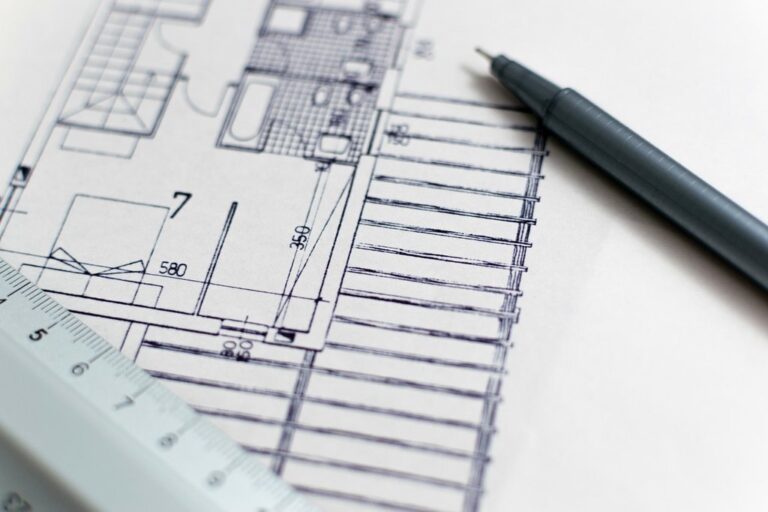California Faces Potential for Faster, More Destructive Earthquakes
California residents are accustomed to the threat of earthquakes, but a recent warning from USC Dornsife researchers highlights a potentially more dangerous type: supershear earthquakes. These quakes, which move faster than their own seismic waves, could cause catastrophic shaking across a wider area than previously anticipated. Experts are urging for strengthened building standards and enhanced monitoring to prepare for the inevitable occurrence of large earthquakes. The frequency of these supershear ruptures has been greatly underappreciated.
Table of contents
Official guidance: NIH — official guidance for California next big one faster far in Germany
Understanding Supershear Earthquakes

Supershear earthquakes are characterized by their rupture speed, which exceeds the speed of seismic shear waves. This phenomenon is analogous to a sonic boom created by an aircraft exceeding the speed of sound. According to Ahmed Elbanna, professor of Earth sciences and director-designate of the Statewide California Earthquake Center (SCEC), when a supershear rupture travels faster than seismic shear waves, it generates powerful ground shock fronts. This creates destructive waves that are stronger than those produced by a normal earthquake. The added energy from these events can lead to severe damage, with intense shaking felt farther from the epicenter.
Elbanna further explains that supershear quakes deliver a double blow: an initial sharp impact from the shock front, followed by trailing waves. Globally, approximately one in three major strike-slip earthquakes are classified as supershear events. This is particularly relevant for California, where numerous faults near populated areas are strike-slip and capable of generating magnitude 7 or higher earthquakes. While predicting the exact timing and location of the next earthquake remains impossible, scientists assert with certainty that California will experience multiple magnitude 7 earthquakes in the coming decades.
Current Building Codes and the Need for Upgrades

The current building design standards may not adequately account for the increased force generated by supershear earthquakes. Existing infrastructure is generally engineered to withstand the strongest shaking perpendicular to fault lines. However, supershear quakes direct their energy primarily along the fault line itself. Yehuda Ben-Zion, professor of Earth sciences and director of SCEC, emphasizes that critical structures should be built to a higher standard, which is not currently the case. This discrepancy poses a significant risk to the safety and resilience of California’s infrastructure.
The authors of the opinion piece in *Seismological Research Letters* warn that current design standards don’t fully account for a supershear quake’s extra punch. Buildings and infrastructure are generally engineered for the strongest shaking perpendicular to faults, but supershear quakes direct their energy along the fault line itself.
Recommendations for Enhanced Preparedness
To mitigate the potential damage from supershear earthquakes, the researchers advocate for a multi-faceted approach. This includes deploying denser monitoring networks near major faults to improve early detection and characterization of seismic activity. Advanced computer simulations of supershear scenarios are also crucial for understanding the specific impacts of these events on different regions and infrastructure types. Furthermore, the team stresses the need for stronger building codes that incorporate the unique characteristics of supershear quakes, ensuring that new construction can withstand the increased forces and directional energy associated with these events. This collaborative effort requires participation from various stakeholders, including researchers, policymakers, and the construction industry.
The team calls for denser monitoring near major faults, advanced computer simulations of supershear scenarios, and stronger building codes. Elbanna said, “This is a collaborative effort where everybody has to chip in.”
Conclusion
The potential for faster and more destructive earthquakes in California presents a significant challenge to public safety and infrastructure resilience. By understanding the characteristics of supershear earthquakes and implementing proactive measures, such as enhanced monitoring, advanced simulations, and updated building codes, California can better prepare for and mitigate the impacts of these inevitable events. Addressing this risk requires a collaborative effort involving scientists, policymakers, and the community to ensure a safer future for the state.
Medical Disclaimer: This article is for informational purposes only and does not constitute medical advice. Consult a qualified healthcare professional before making health decisions.
Sources: Information based on credible sources and industry analysis.
Explore more: related articles.




